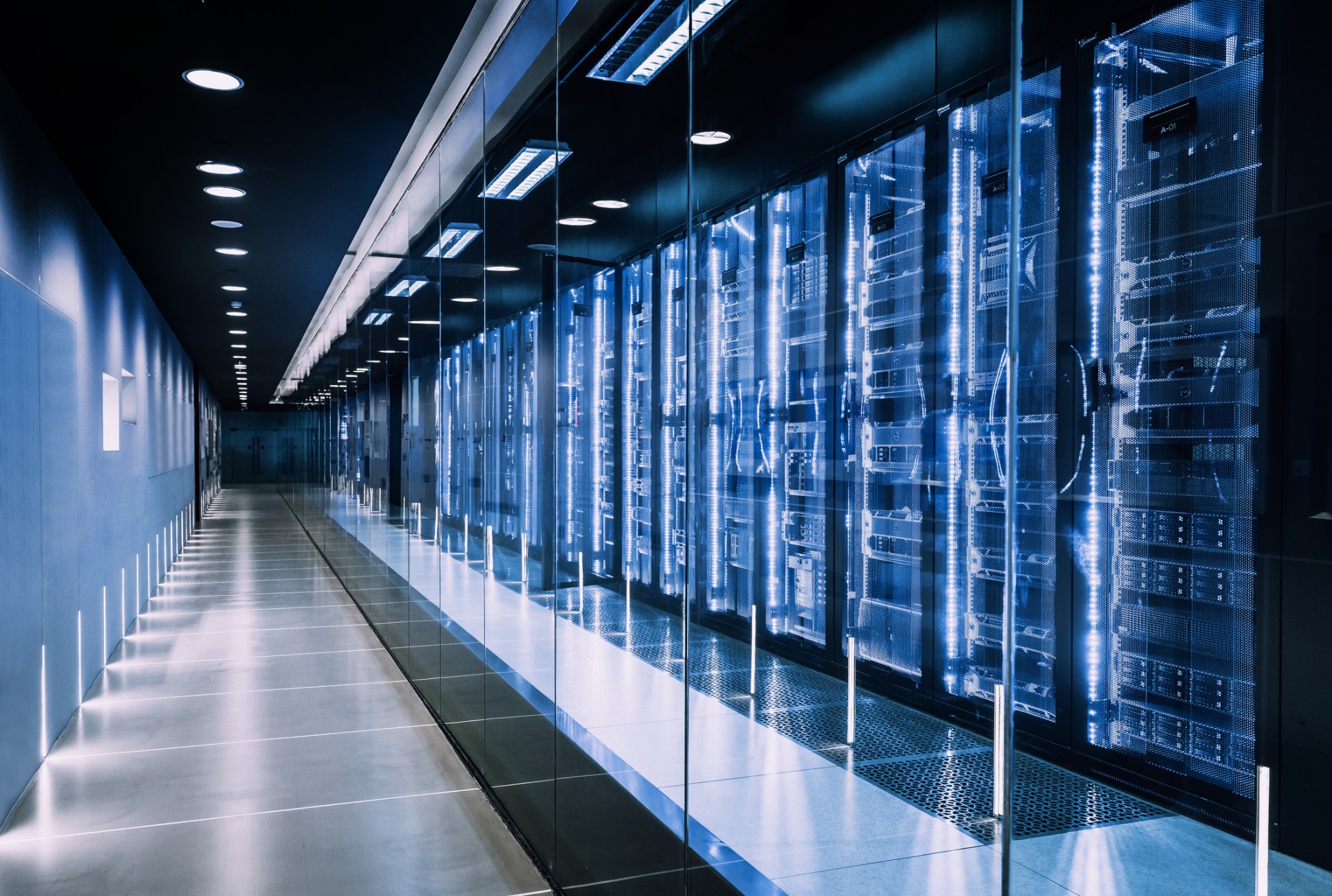Cloud data centers are indisputably one of the greatest technological advances of all time. Technology, however, is a famously (or notoriously) fast-moving industry. That means cloud data centers are always developing. With that in mind, here is a quick guide to some of the key future trends in cloud data centers.
Sustainability and energy efficiency: greening the future of data centers
In recent years, growing concerns about the environmental impact of cloud data centers and their voracious energy and water consumption have driven the industry to prioritize sustainability. As cloud data centers continue to multiply and expand to meet the demands of our increasingly digital world, addressing these concerns has become more critical than ever.
Cloud data centers are among the largest consumers of electricity globally, and their carbon footprint has been a cause for alarm. To mitigate this impact, cloud data center operators are making concerted efforts to equip data centers with green technologies. There is a particular focus on energy-efficient hardware such as high-efficiency servers, and optimized power distribution systems. Cloud data centers are also using advanced cooling systems that minimize the use of both energy and water.
When resources are used, cloud data centers now try to use them as efficiently and hence sustainably as possible. For example, many cloud data centers now generate their own energy from renewable sources. They aim to minimize their use of this energy by implementing sustainable technologies and repurposing the byproduct of their energy use for other purposes. For example, excess heat can be repurposed for heating nearby facilities.
Likewise, cloud data centers are working to reduce their use of water. For example, it’s increasingly common for data centers both to harvest rainwater and to recycle the water they use.
Edge computing: shaping the future of data center operations
Edge computing refers to the practice of processing and analyzing data as close as possible to the source or “edge” of data generation. The growth in edge computing has largely been driven by the growth in the “Internet of Things” (or smart devices). These often generate vast quantities of data that requires quick, but simple analysis.
Shifting processing to the source of the data generation allows simple data processing to be conducted much more quickly. The headline benefit of this is that it allows the data’s value to be realized much more quickly. This can be essential to the effective operation of the device. For example, assisted parking systems need to operate in real-time (or very close to it) to be practically useful.
Another key benefit is that it reduces the pressure on cloud data centers. With that said, some edge computing implementations divide processing between edge devices and cloud data centers. The edge devices do basic processing quickly. The cloud data centers undertake more in-depth analysis more slowly.
This means that the growth of edge computing could well have a long-term impact on the nature of cloud data centers. For example, it could lead to a growth in small-scale cloud data centers. These could be physically located in standard work areas rather than requiring specialist facilities. They would then act as a bridge between the edge devices and the main cloud data center.
5G networks: revolutionizing cloud data centers and edge infrastructure
Unlike its predecessors, 5G really does deserve to be called “mobile broadband”. It genuinely delivers the sort of speed and reliability users have come to expect from on-site connections.
With minimal latency and high bandwidth, 5G networks enable real-time data transfer and processing. That means it can provide the backbone for emerging technologies that depend on real-time decision-making (or something very close to it). In particular, 5G can be used to power the mobile Internet of Things and hence could be used in areas such as autonomous vehicles and smart cities.
It is, however, important to remember that 5G is a development in connectivity not a development in processing. In other words, 5G can be used to get data from A to B with minimal delay. It will not, however, increase the speed at which the data is processed. This means that the rollout of 5G will only fulfill its potential if the existing processing infrastructure is upgraded to leverage it.
One very likely development is an increase in small-scale cloud data centers in build-up areas, particularly cities. These would handle or forward processing tasks that were too complex to be handled by edge devices themselves.
These micro-cloud data centers might need to interconnect with each other in a similar way to the existing cellular network. This would allow processing to be passed from one cloud data center to another without any impact on the user.
Related Resources:
What You Need To Know About Running A 5G Edge Data Center
On-Premises Data Centers vs. Cloud Computing
Hybrid Cloud Solutions and Data Center Integration




